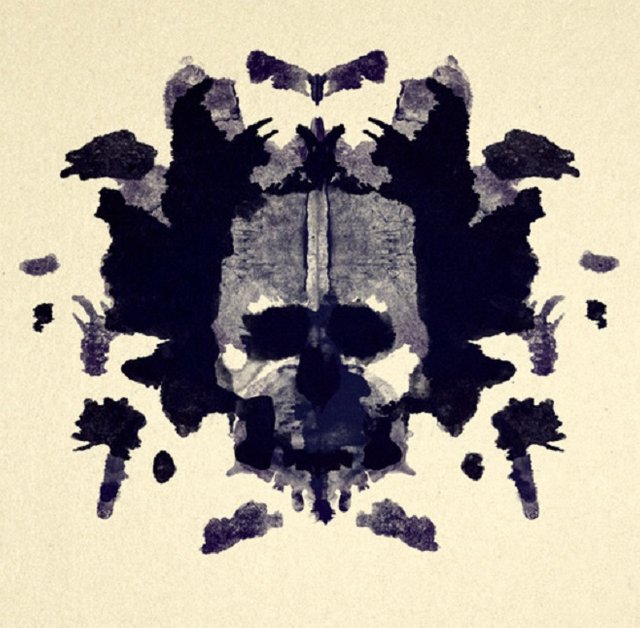Psychological Schools in the 20th Century: Psychodynamic, Behavioral and Humanistic Psychology. /part 2/
Jung is a Swiss psychiatrist - he studies hallucinations, forebodings, after reading Freud's book "Interpretation of Dreams," he goes to Vienna for psychoanalysis, contacts Freud. Jung is a student of Freud, according to him in the structure of the psychic world there are: a conscious sphere; a sphere of the personally unconscious; a sphere of the collective unconscious. Jung's discovery is the discovery of the collectively unconscious in which the experience and cultural models of the ethnos, people, nation, humanity are present.
A unit of the collective unconscious is the archetypal - denotes a cultural model as they are a priori organizers of human experience and human activity, so in the activity and expressions of the representatives of an ethnos, people there are common characteristics. The archetype of mankind is anime and anime. Jung says that internal tension may arise if the activity of the archetypes is impeded in the conditions of activity. The individual is unconsciously constructing secondary to the collective unconscious - the existing projections of the archetypes, and at the same time in the personal unconscious there may be psychic content expelled from the conscious sphere. The conscious sphere is of a more limited volume than the unconscious and is built up by elements of the unconscious , which receive an up-to-date assessment. For Jung there is no originally defined conflict between conscious and unconscious. According to Jung, the content of libido involves the action of any instinct, not just the action of sexual instinct. Therefore, the difficulty of any instinct can be the cause of internal tensions and complexes that are deliberately born in the unconscious.
Jung formulated an associative model by accepting that not so many individual associations present in a symbolic sense the complexes and tensions in mental contents but also the difficulties in the process of associative processes. Yang very actively explores the emerging tensions / difficulties: delay in establishing an association; mechanical repetition of the word - stimulus; refusal to build a word - answer. According to Jung, these difficulties indicate a strong emotional tension caused by a complex or taboo. YJung considers Freud to be the object of exploring symbolic images in fantasies, hallucinations, inaccurate actions, but he also thinks that symbolic cultural images that represent the evolution of mankind, ethnicity, and nation should be explored. They are present in cultural creativity and hence the study of the ethnos / folklore / and the people. Yang never denies the postulate for the assessment of the world as a child threatening to destroy, but believes that this assessment is not absolute. Jung strongly disagrees with Freud's pseudo-sexuality, and because he has the reasons for internal tensions, mostly within the boundaries of the collective unconscious interaction - personally unconsciously, he builds a better prognosis for the treatment of neurotic states. Jung always requires a personally unconscious exploration, the therapist to focus on clarifying the arhitists belonging to the individual.

You have recieved a free upvote from minnowpond, Send 0.1 -> 10 SBD with your post url as the memo to recieve an upvote from up to 100 accounts!